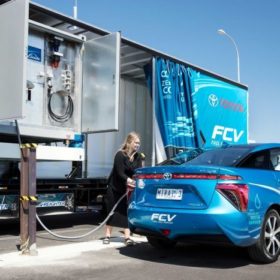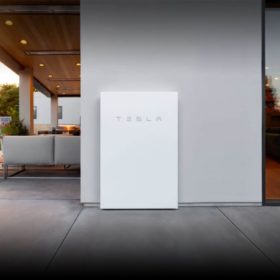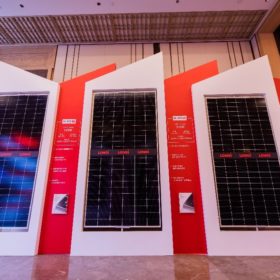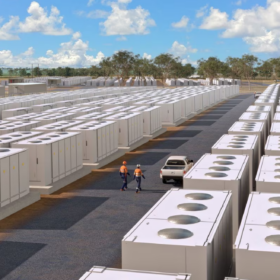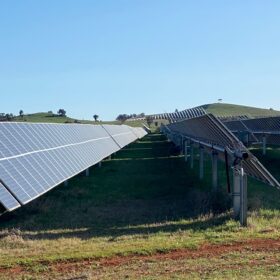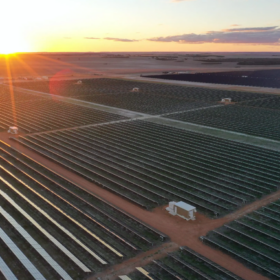Saturday read: Microcracks and module design
New cell and module technologies are boosting power outputs, but they often have implications for quality. A focus purely on cell cracking illustrates just this point, with some approaches proving beneficial, and others potentially problematic – cue Tristan Erion-Lorico from PV Evolution Labs (PVEL).
Australian solar industry remarkably silent as global pressure mounts around allegations of forced labour in supply chain
The solar industry in Europe and the United States is continuing to ramp up the pressure on the use of polysilicon produced in Xinjiang, China – in response to allegations that forced labour is being used in its production. By contrast, the Australian industry’s response has been markedly muted. Although it is true that most global solar industries are heavily reliant on Chinese manufacturing, Australia is overwhelmingly so.
Sungrow launches high-voltage battery and hybrid inverter for residential applications
The Chinese manufacturer will begin selling its new products in Australia and Europe. The hybrid inverter has an efficiency of up to 98.4% and the lithium iron phosphate battery features a storage capacity between 9.6 kWh and 102.4 kWh, depending on the number of modules.
Cracking the case for solid state batteries
Scientists in the UK used the latest imaging techniques to visualize and understand the process of dendrite formation and electrolyte cracking in an all solid-state battery. With new insight into the mechanisms by which these cracks form and ultimately lead to battery failure, the results could help direct the focus of future research into solid-state battery technology.
Smart Energy Council reveals list of partners for its green hydrogen certification scheme
Australian peak body, the Smart Energy Council, has this morning revealed the details of the initial global and domestic partners for its hydrogen Zero Carbon Certification Scheme. The scheme seeks to provide a guarantee of origin for hydrogen, ammonia and other derivative products like steel, in preparation of Australia becoming a global hydrogen export hub.
German researchers overcome main challenge for perovskite PV modules
Researchers in Germany claim to have overcome the primary hurdle in the development of large-area perovskite PV modules – scaling up from the cell to the module level. They achieved an efficiency of up to 16.6% on a module surface of more than 50 centimetres squared, and 18% on a module with an area of 4 centimetres squared.
Tesla touts the market strength of its Powerwall energy storage product
In an earnings call, the company said that storage deployments grew 71% YoY and solar installations were its strongest in 2.5 years.
Longi unveils two PV modules for distributed generation
The two new products will be part of the Hi-MO4m panel series for rooftop applications. Their efficiency ranges from 19.2% to 21.2%.
Sunday read: time to standardise
Not all quality control plans, processes and agreements are created equal, writes Frédéric Dross, the VP of strategic development for Senergy Technical Services (STS). Indeed, developers can find themselves saddled with agreements that allow unacceptably low levels of quality, unless they have followed standards.
Saturday read: the more you know
Module-level power electronics, most often in the form of power optimisers and microinverters, offer a range of value propositions, including advanced monitoring capabilities. But how much can the little box behind the module really see, and how much do operators actually need to know to keep a power plant running optimally?




